Bora Bora Facts
- Notably, the breathtaking site known as Bora Bora remains one of the best known of all tropical islands. The famous location quite easily earns that distinction due to its truly extraordinary natural beauty. This stunning appeal also extends to its typical climate.
- This extreme natural splendor understandably routinely draws the attention of vast numbers of vacationers from around the world. As a result, this gorgeous island continually ranks as one of the premier international tourists sites on earth.
- Obviously, one of the greatest draws of the island remains luxury resorts. The gorgeous site was well known long before European explorers discovered it. That’s because evidence indicates that Polynesian settlers arrived there in the 4th century.
- The first recorded sighting of Bora Bora by Europeans, though, did not occur until the year 1722. The famous explorer Captain James Cook later sighted the marvelous island in 1769. He, however, employed a Polynesian navigator to locate the isolated spot.
- The London Missionary Society arrived later, in 1820. Subsequent to that arrival, a Protestant church was founded on the island in the year 1890. This magnificent work of nature further remained an independent kingdom until the year 1888.
- At that time, the French rulers forced its last head of state, queen Teriimaevarua III to abdicate. Following that action, that same government formally annexed the small territory as a colony. Today it continues to represent an overseas territory.
Related Articles
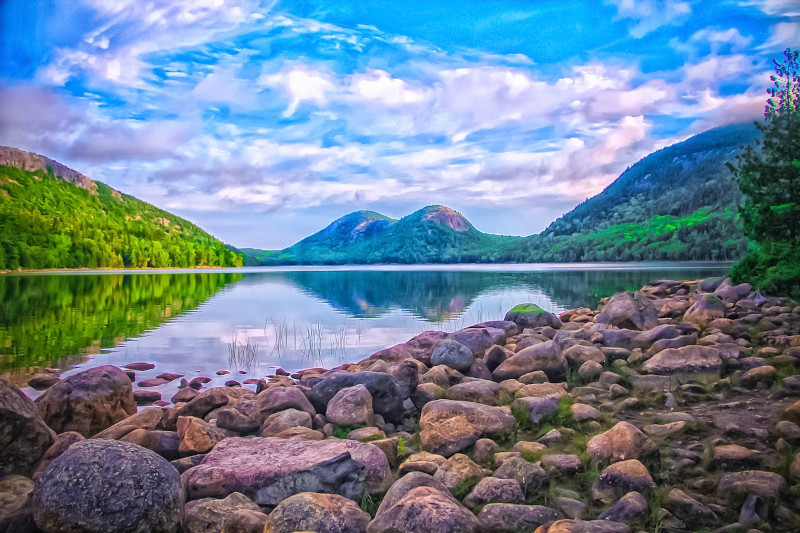
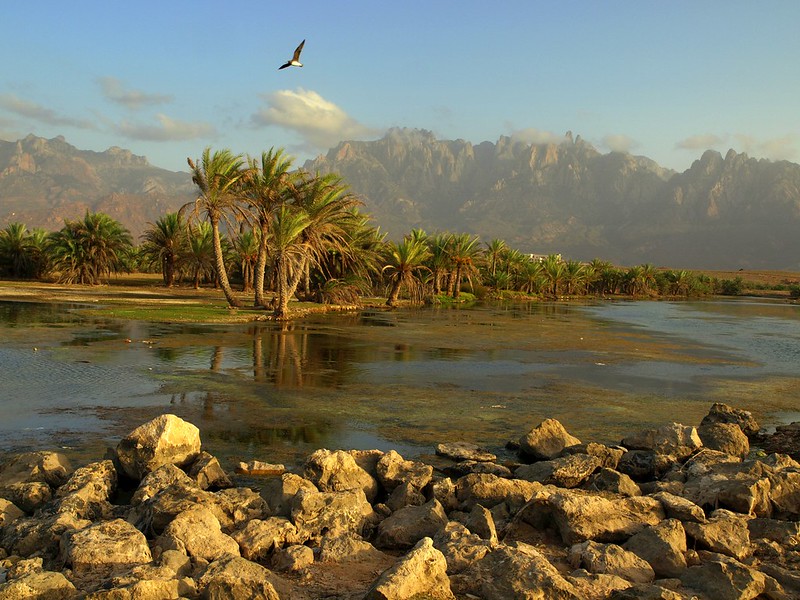
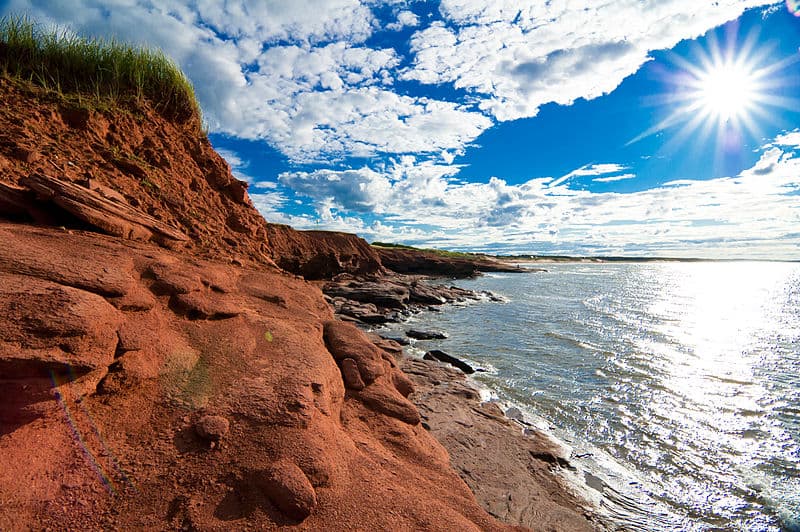
Bora Bora Physical Description
The awe-inspiring and gorgeous Bora Bora holds yet another natural distinction to distinguish it from other locations. That’s because it formed from a highly unique geology, differing from many others. Nature truly set it apart from similar formations.
That nature actually comprises the main island and numerous surrounding islets. Distinctly, as well as incredibly, these actually constitute the tips of coral reefs emerging from the ocean. To add to its splendor, an atoll named Tupai, also exists in this fabulous spot.
This formation, itself quite beautiful, sits located about 12 mi (20 km) from the main island. However, the atoll has no permanent population. Combined, the breathtaking island and accompanying islets have a total area measuring about 11.3 sq mi (29.3 sq km).
The atoll itself also adds yet another 4.2 sq mi (11 sq. km) to the total area of Bora Bora. This marvelous site is therefore a creation of natural forces, both biological and geological. This easily distinguishes it from most other islands on the planet.
Bora Bora Location, History, and Economy
The magnificent location known simply as Bora Bora formed in a comparatively isolated location. More precisely, it’s part of the Leeward Group, which represents a western part of the Society Islands. These continue to represent some of the loveliest spots on earth.
This, in turn, also forms part of French Polynesia. Technically, it represents part of the geographic region collectively known as Oceania. In addition to its astonishing popularity as a tourist destination, the location also played an important role in relatively modern times.
That’s because, during World War II, the United States military used the island as a supply base. Thankfully for its natural wonders, the stunning island never saw combat, however. Subsequently, following the conclusion of the war, the base there closed in 1946.
As if all this wasn’t enough to appeal to the eye, Bora Bora also sits surrounded by a large lagoon. The island further remains surrounded by an impressive barrier reef. Located roughly in the center of the picturesque island also lies the remnant of an extinct volcano.
This remnant further forms two highly respectable peaks, named Mount Otemanu and Mount Pahia. Coming as no surprise, today, the economy of the island remains driven almost exclusively by tourism. Its variety appeals to a wide variety of vacationers.
Snorkeling and scuba diving in the lagoon and surrounding ocean serve as key attractions. This incredible location continually ranks as one of the most active tourist destinations on earth. Despite this, however, the number of actual residents only totals roughly 8,900.
Features Sharing Its Region
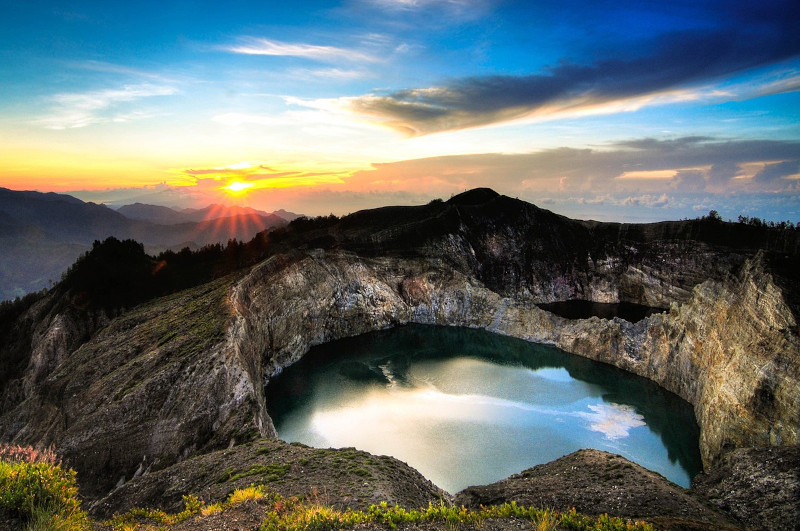
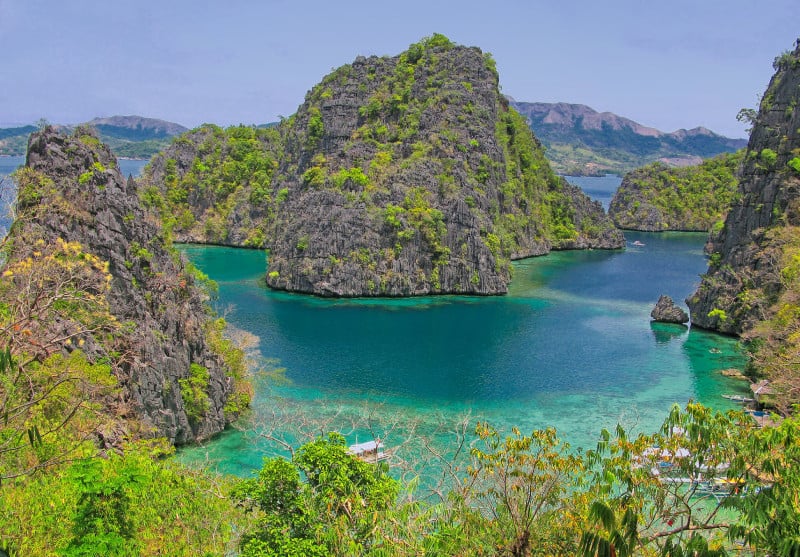
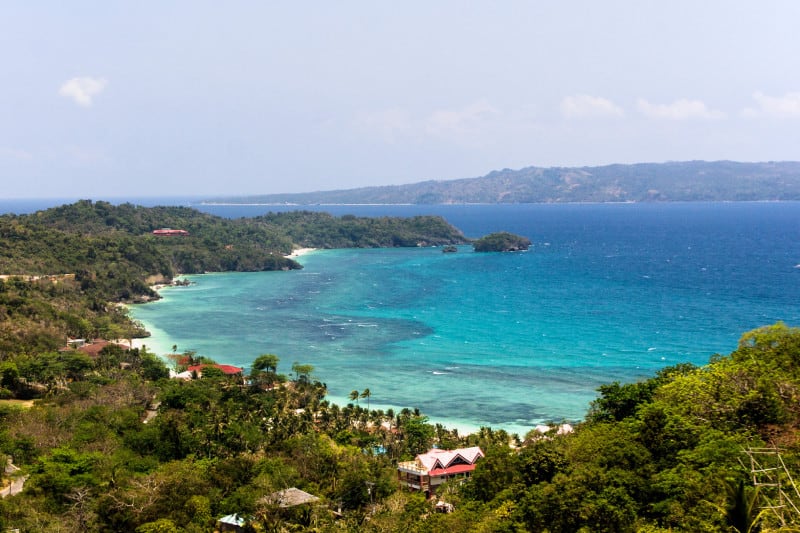
Check out our other articles on 5 Rare Mind-Blowing Cloud Types, Arapaima Leptosoma, Haukadalur Geothermal Area, Bleeding Tooth Fungus, Goliath Stick Insect, Hermann’s Tortoise

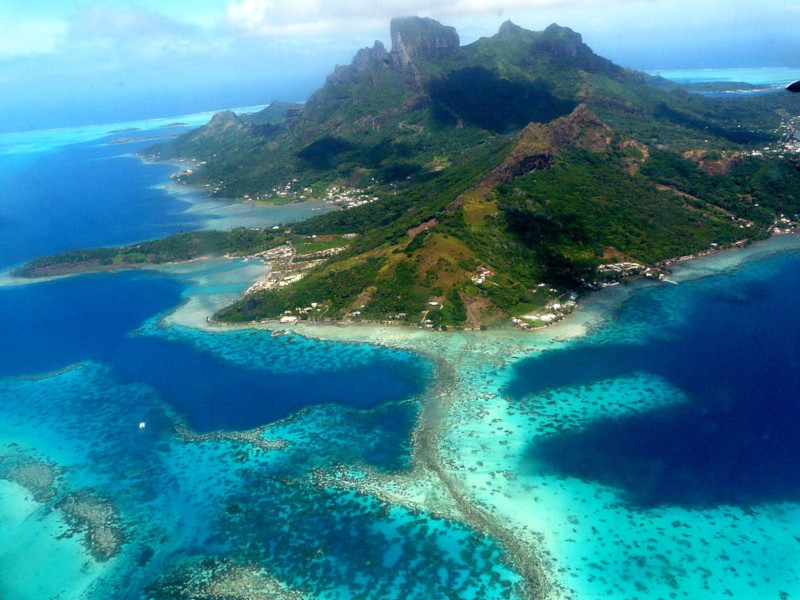
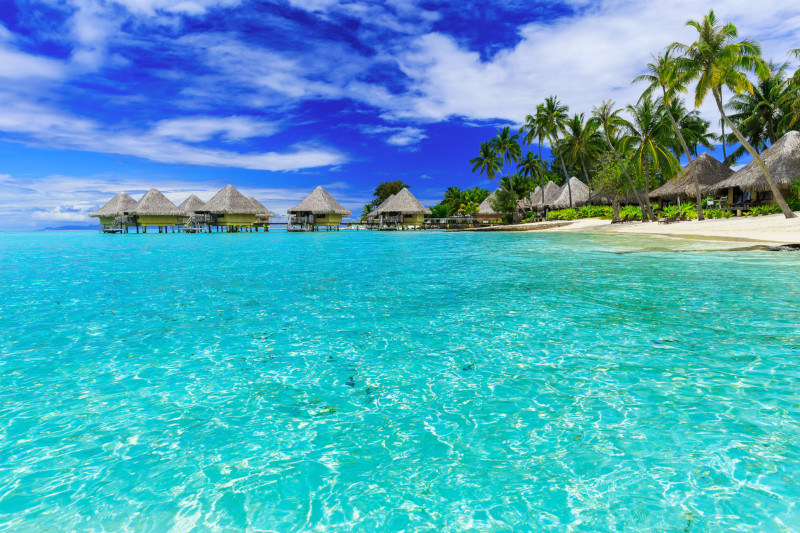









Leave a Reply